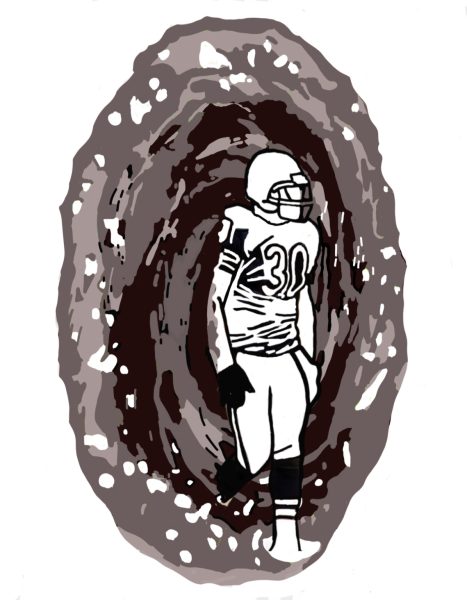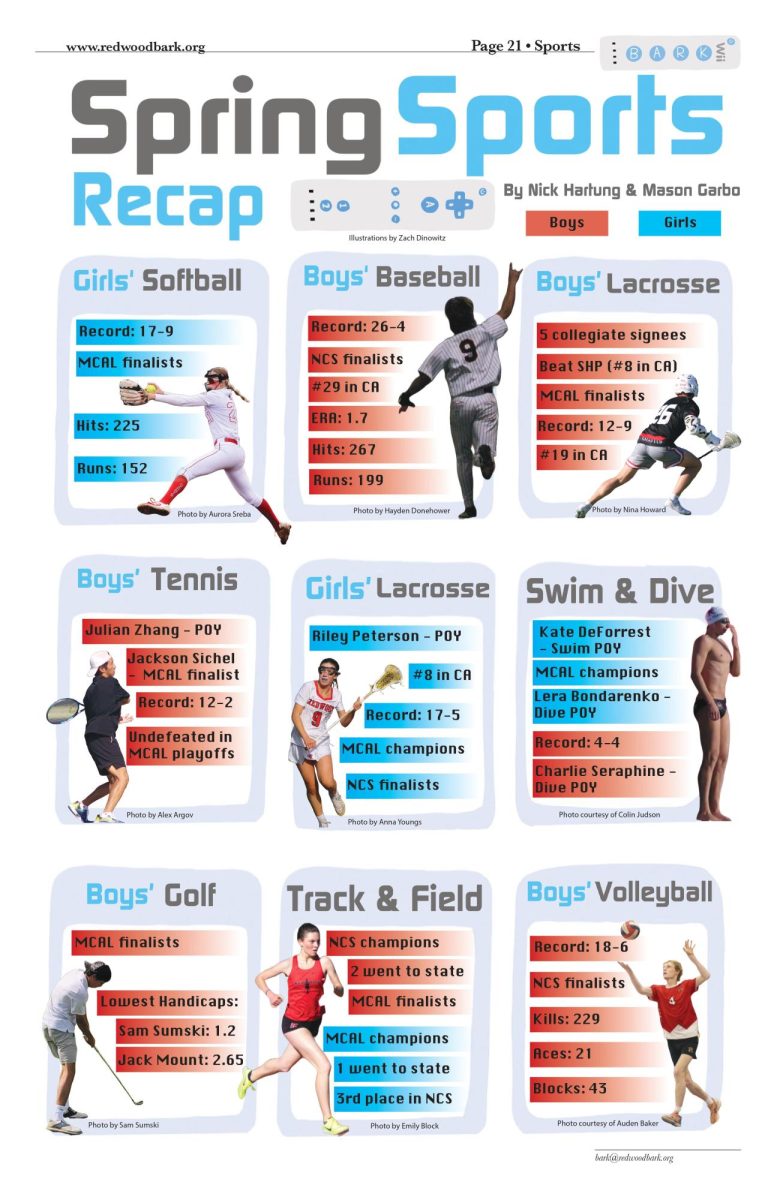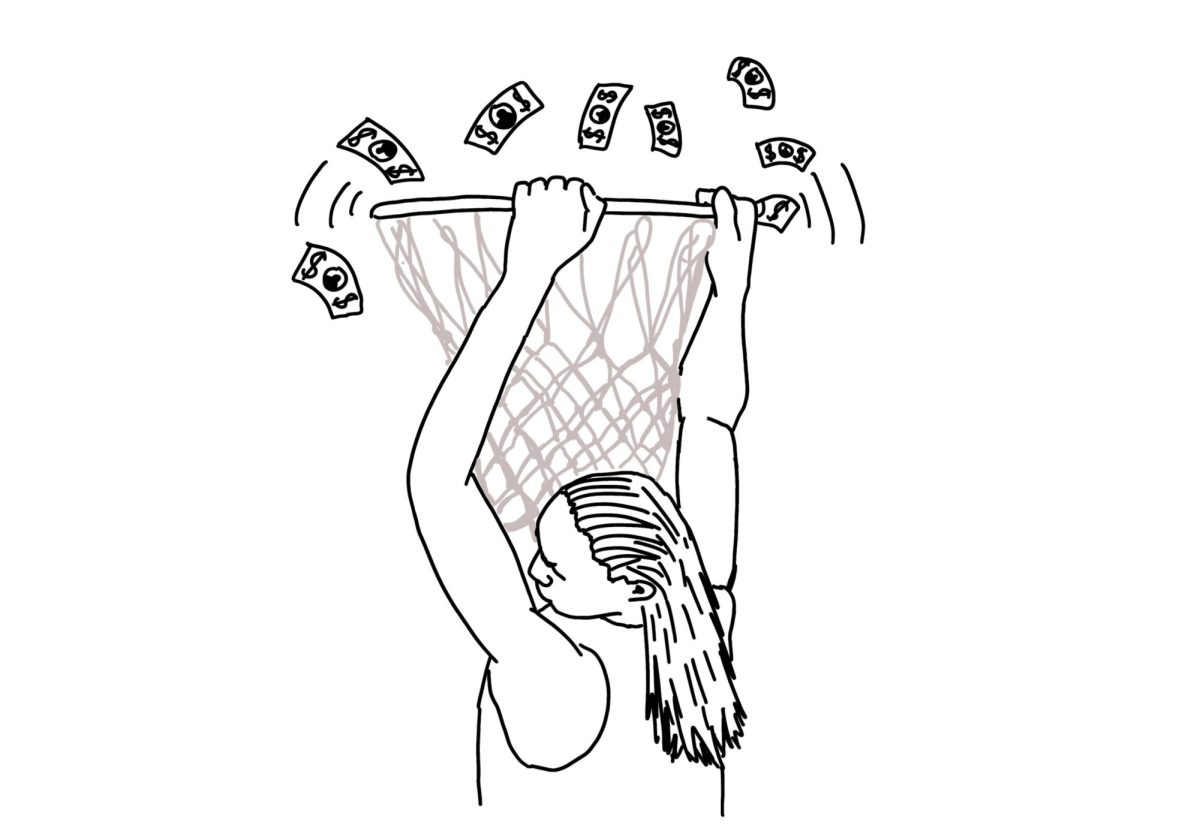With the recent changes to the college athletic landscape, the National Collegiate Athletic Association (NCAA) Transfer Portal has recently become a focal point, particularly in football. The controversial system allows college athletes to switch schools at their own discretion, raising debates about its impact on team dynamics, one’s loyalty and the overall sports experience. However, the transfer portal is a clear win for athletes, providing them with opportunities to make informed decisions about their futures and a sense of personal empowerment.
Since its introduction in October of 2018, the Transfer Portal has allowed athletes to take control of their destinies, breaking free from the conventional mold that has often bound athletes into making decisions early in their college careers. In a place where academic and athletic aspirations go hand in hand, the ability for athletes to choose an environment that aligns with their individual goals is invaluable. An athlete’s decision isn’t about a lack of commitment; rather, it’s about acknowledging one’s personal growth through college years.

The Transfer Portal has opened doors of opportunity for athletes, turning their once-distant dreams into obtainable possibilities. Those who initially took a chance on a smaller or lesser-known college, seizing the initial opportunity presented to them right out of high school, now find themselves with the chance to redefine their trajectory. The portal serves as a channel for athletes to earn spots on more prominent and prestigious teams, providing them with a better platform to obtain their aspirations and ambitions, like playing in the National Football League or National Basketball Association.
With all these benefits the NCAA Transfer Portal has to offer, critics argue that the transfer system contributes to a more temporary and destabilizing environment for college athletics. Team cohesion is essential for success in many sports, yet it may suffer as players move between schools, disrupting established chemistry and requiring constant adjustments for both teammates and coaching staff. The loyalty traditionally associated with college sports is also being called into question. Some argue that the Transfer Portal fosters a culture where players may prioritize individual goals over the collective interest of the team, resulting in the once cherished sense of unity and camaraderie coming to an end.
While these concerns about team dynamics and loyalty are valid and acknowledged, it’s crucial to recognize that the Transfer Portal primarily serves as a tool for athletes to align their collegiate experiences with their evolving aspirations. An athlete’s goals can evolve over time, leading them to need to make a change in their life in order to make their goals come to fruition. As an athlete’s goals mature and crystalize, the need to pivot becomes necessary and apparent. The Transfer Portal allows athletes to transition to environments that better complement their needs. This ability can serve teams as well by creating a more dynamic and competitive environment.
In reality, the Transfer Portal is more than just switching schools; it is a tool that embraces athletes’ need to achieve their ongoing goals. Embracing and utilizing this tool enables athletes to shift their academic and athletic journey strategically, unlocking one’s full potential for personal fulfillment while contributing to the sports community.



















